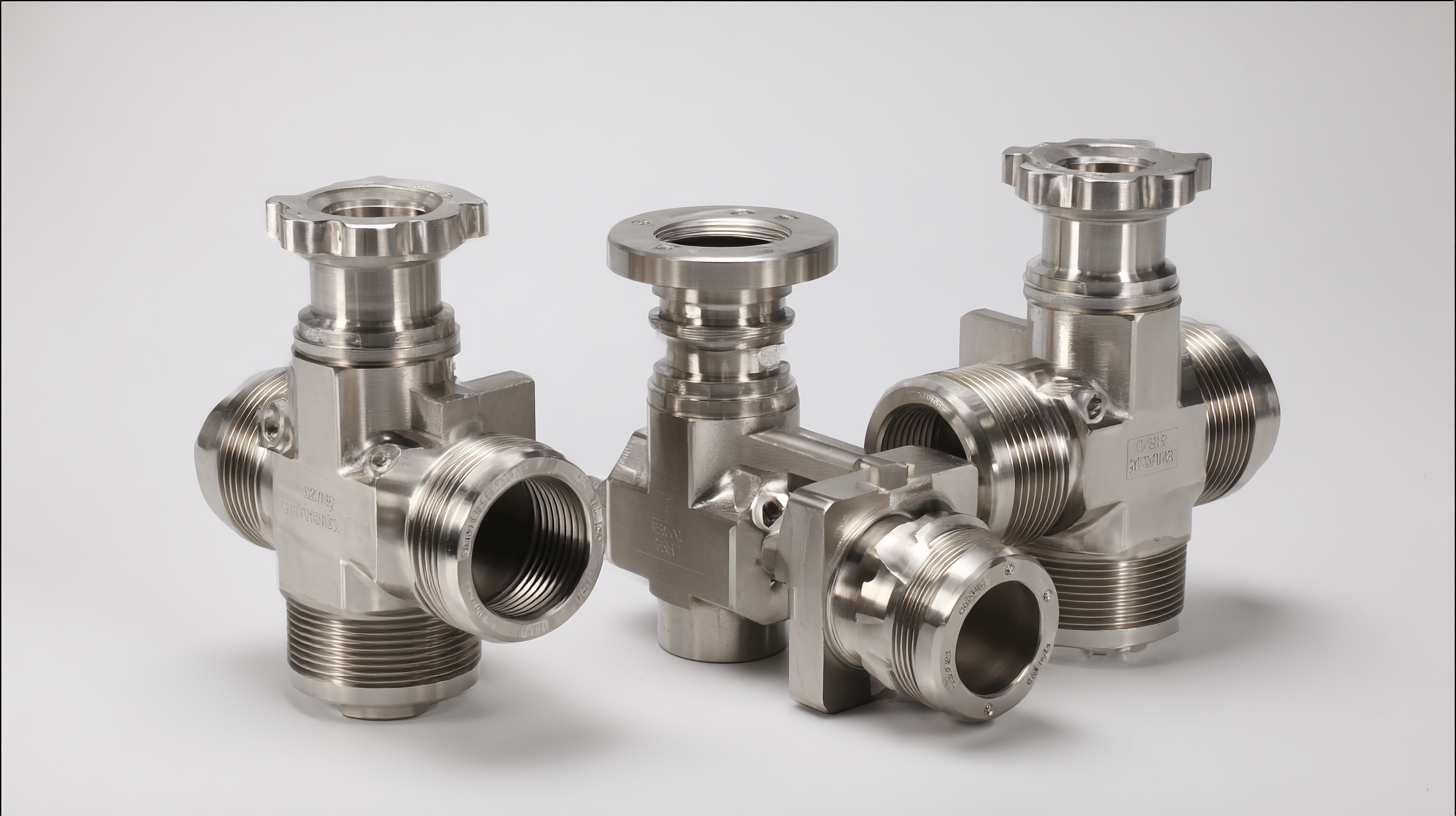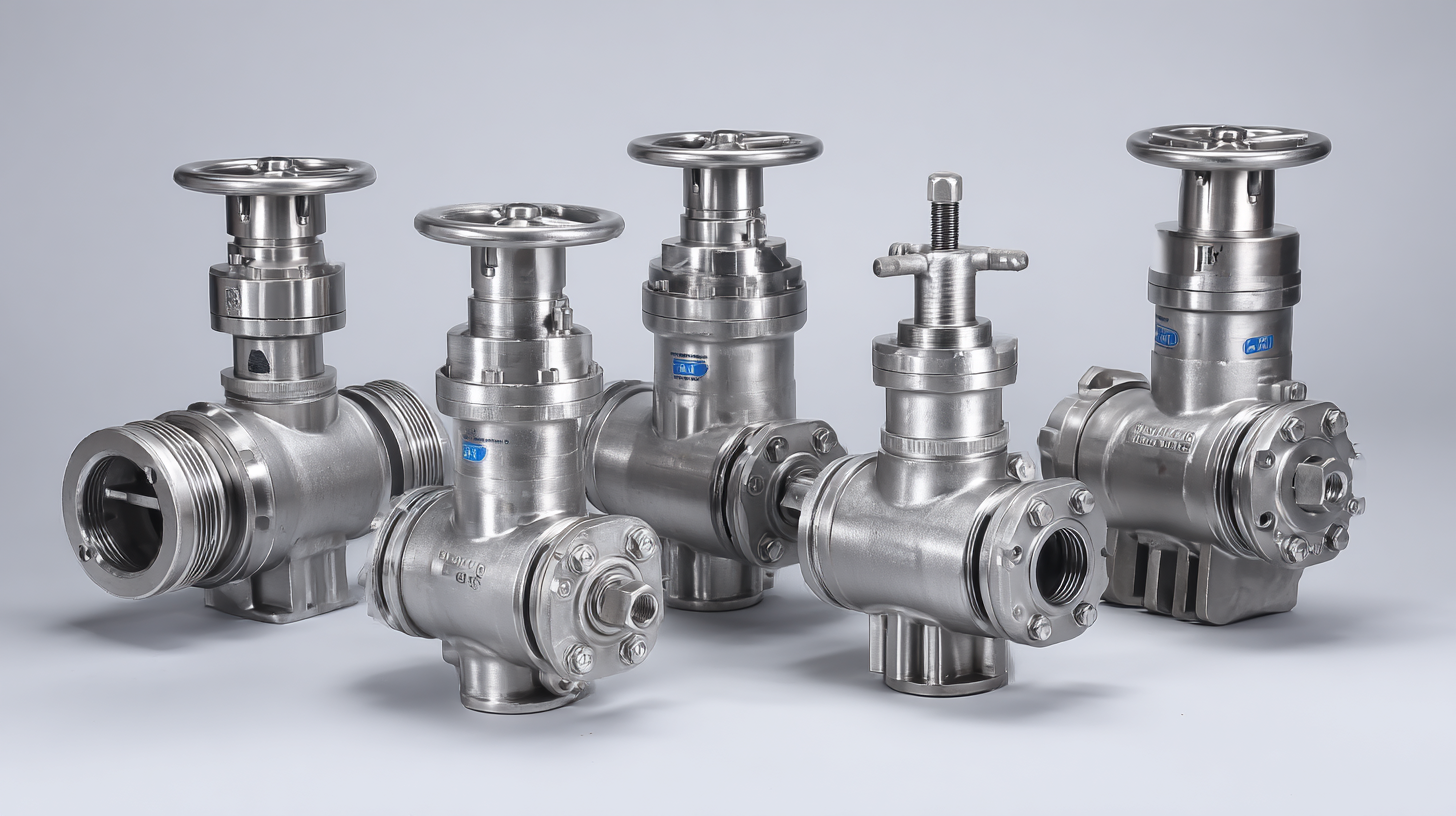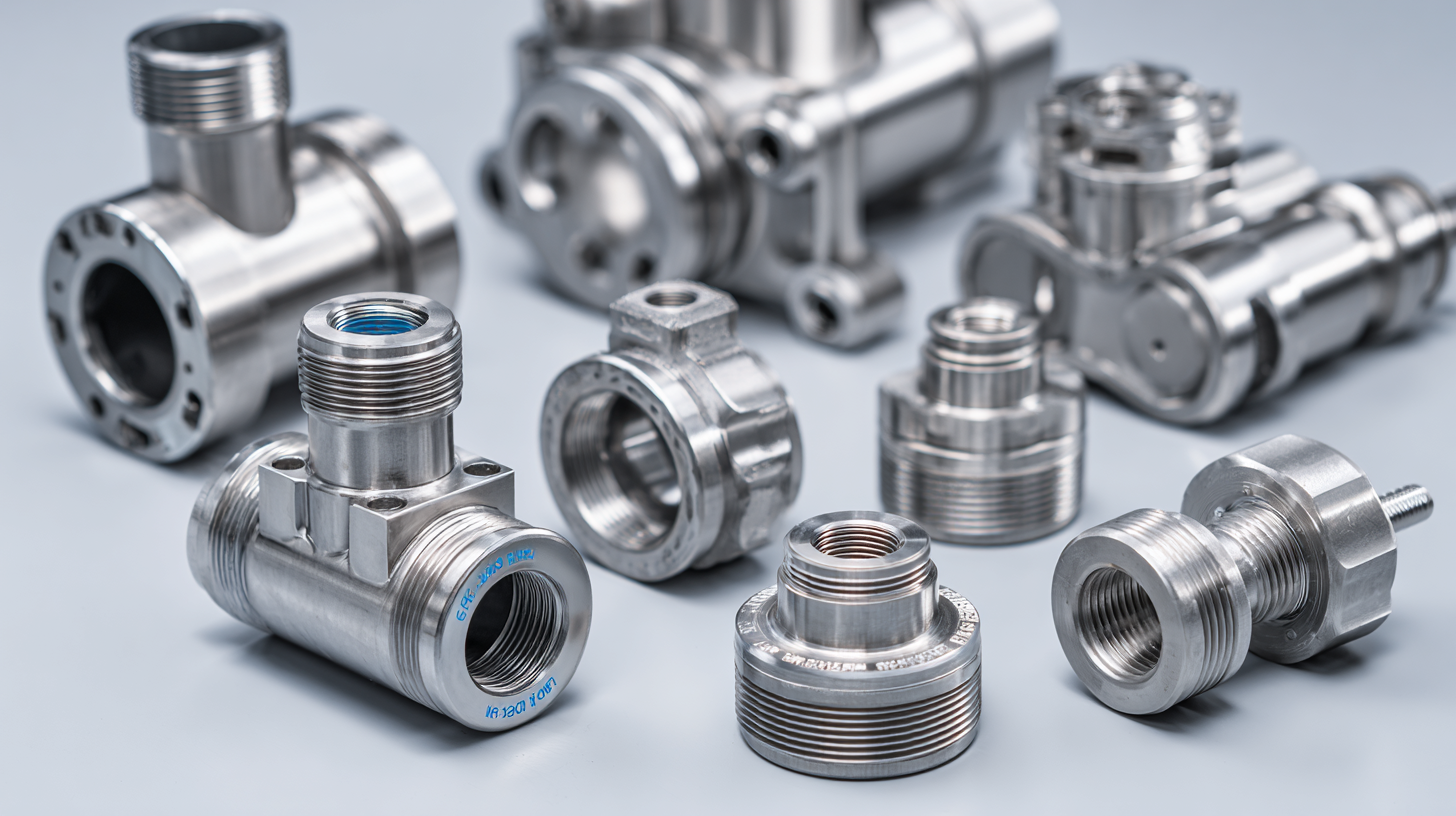Unlocking Performance with Best Stainless Steel Valves Comprehensive Technical Parameters and How to Choose the Right Fit
In the world of industrial applications, the role of stainless steel valves is paramount, particularly in sectors such as oil and gas, water treatment, and food processing. The growing demand for durability and corrosion resistance has led to an increased reliance on stainless steel valves, with the global market projected to reach $18.5 billion by 2027, according to a report by Industry Research. Notably, stainless steel valves enhance not only the longevity of pipelines but also ensure the efficient flow of fluids, which is crucial for maintaining optimal operational performance. Understanding the comprehensive technical parameters of these valves, including pressure ratings, sizes, and types, is essential for industries aiming to achieve the highest standards of safety and efficiency. This blog will explore the various types of stainless steel valves available, their key specifications, and offer guidance on how to select the right valve that fits seamlessly into your operational framework.

Understanding Stainless Steel Valve Grades: Key Properties and Applications
When selecting stainless steel valves for various applications, understanding the different grades is crucial for ensuring optimal performance and durability. Stainless steel grades such as 304 and 316 are commonly used for valve manufacturing, each offering unique properties tailored to specific environments. Grade 304 is known for its excellent corrosion resistance and is suitable for moderate environments, making it ideal for food processing and mild chemical applications. However, for more demanding environments, particularly where exposure to saltwater or harsh chemicals is prevalent, grade 316 showcases superior corrosion resistance due to the addition of molybdenum.
In addition to corrosion resistance, other key properties such as tensile strength and temperature tolerance must be considered when choosing the right stainless steel valve. For instance, valves used in high-temperature applications may require grades like 321, which can withstand elevated temperatures without losing structural integrity. Additionally, understanding the application's pressure requirements and compatibility with the medium being transported will guide you in selecting the best valve grade. By paying attention to these parameters, you can ensure that the chosen stainless steel valve not only fits the technical needs but also extends the lifespan of your systems.

Top 5 Technical Parameters to Consider When Selecting Stainless Steel Valves
When selecting stainless steel valves, there are several technical parameters that you should prioritize to ensure optimal performance in your application. First and foremost is the pressure rating. It indicates the maximum pressure the valve can withstand without failing, which is crucial for maintaining safety and efficiency in both residential and industrial systems. Matching the pressure rating to the specific demands of your pipeline system is essential for preventing leaks or valve failure.
Another important factor to consider is the temperature rating. Stainless steel valves have varying capabilities to withstand heat, and choosing a valve that aligns with the operational temperature range of your system will prevent premature wear or catastrophic failure. Additionally, the size and flow coefficient (Cv) of the valve are pivotal in determining its suitability for your application. Ensuring that the valve size matches your piping system while considering the Cv can greatly influence the flow rate and pressure drop, impacting overall system efficiency. Lastly, the specific type of stainless steel alloy used should match your environment, particularly in corrosive or high-temperature settings, to enhance durability and longevity of the valves.
Comparative Analysis: Stainless Steel Valves vs. Other Materials in Performance
When considering performance in industrial applications, the choice of valve materials can significantly impact efficiency and longevity. Stainless steel valves, widely regarded for their durability and corrosion resistance, often stand out against alternatives like plastic and brass. Recent comparative analyses highlight the microstructural benefits of stainless steel, particularly when subjected to various welding methods, including TIG and laser welding. These studies indicate that stainless steel valves maintain integrity under extreme conditions, which is crucial for applications such as exhaust valves in engine systems, where failure can lead to substantial performance issues.
Furthermore, the corrosion properties of stainless steel can be modeled effectively using advanced techniques like artificial neural networks. This modeling not only predicts the lifespan of components like SS 316L elbows in saline environments but also aids in enhancing their design to withstand harsh conditions.
As industries evolve and the demand for reliable valve systems grows, understanding the comparative advantages of stainless steel over other materials becomes essential for choosing the right fit that balances performance and longevity. The growing industrial valve market is a testament to this need, projecting significant growth driven by advancements in materials engineering and manufacturing processes.
Expert Tips for Sizing and Selecting the Right Stainless Steel Valve for Your Needs
When it comes to choosing the right stainless steel valve, understanding the essential sizing and selection criteria is crucial for optimizing performance in various applications. According to recent industry reports, the global stainless steel valves market is projected to grow at a CAGR of about 5.2% from 2023 to 2030, driven by the rising demand in sectors such as oil and gas, water treatment, and food processing.

Tip 1: Start by assessing the working conditions—pressure, temperature, and fluid type. For example, valves used in high-temperature applications may require specific stainless steel grades, such as 316 for its excellent corrosion resistance and ability to withstand elevated temperatures.
Tip 2: Consider the valve's end connections such as threaded, flanged, or welding, as they can significantly impact installation and overall system integrity. A recent study highlighted that improper fit can lead to leaks, which in industries like pharmaceuticals, can cost millions in downtime and rework.
Selecting the correct valve size is equally significant. Research indicates that oversizing or undersizing a valve can lead to operational inefficiencies, with oversized valves causing increased energy consumption and undersized valves creating excessive pressure drops. Always refer to manufacturer specifications and industry guidelines to ensure that your valve selection aligns with system requirements for optimal performance.
Case Studies: Real-World Examples of Stainless Steel Valve Performance in Industry
In the realm of industrial applications, stainless steel valves have proven their worth through various real-world case studies. For instance, in a chemical processing plant, the implementation of high-performance stainless steel ball valves significantly enhanced efficiency while reducing corrosion-related downtime. These valves maintained tight sealing even under fluctuating pressure conditions, showcasing their reliability in demanding environments.
When selecting the right stainless steel valve, it's crucial to consider specific performance metrics. Tips for choosing the ideal valve include assessing the media's compatibility with the valve material, understanding the pressure and temperature requirements, and evaluating the maintenance needs. Additionally, look for valves that have been tested in conditions similar to your application to ensure they will perform as expected.
Another compelling case involved a wastewater treatment facility that integrated stainless steel gate valves. This decision led to improved flow control and longevity of the equipment, as the valves resisted wear from abrasive materials. To optimize performance, be sure to examine the valve's design, such as the type of actuator used and the flow path, to ensure it aligns with your operational goals.
Unlocking Performance with Best Stainless Steel Valves
This chart illustrates the performance metrics of stainless steel valves across various dimensions including corrosion resistance, pressure ratings, temperature tolerance, flow efficiency, and longevity. Each parameter is essential for determining the suitability of valves in different industrial applications.
